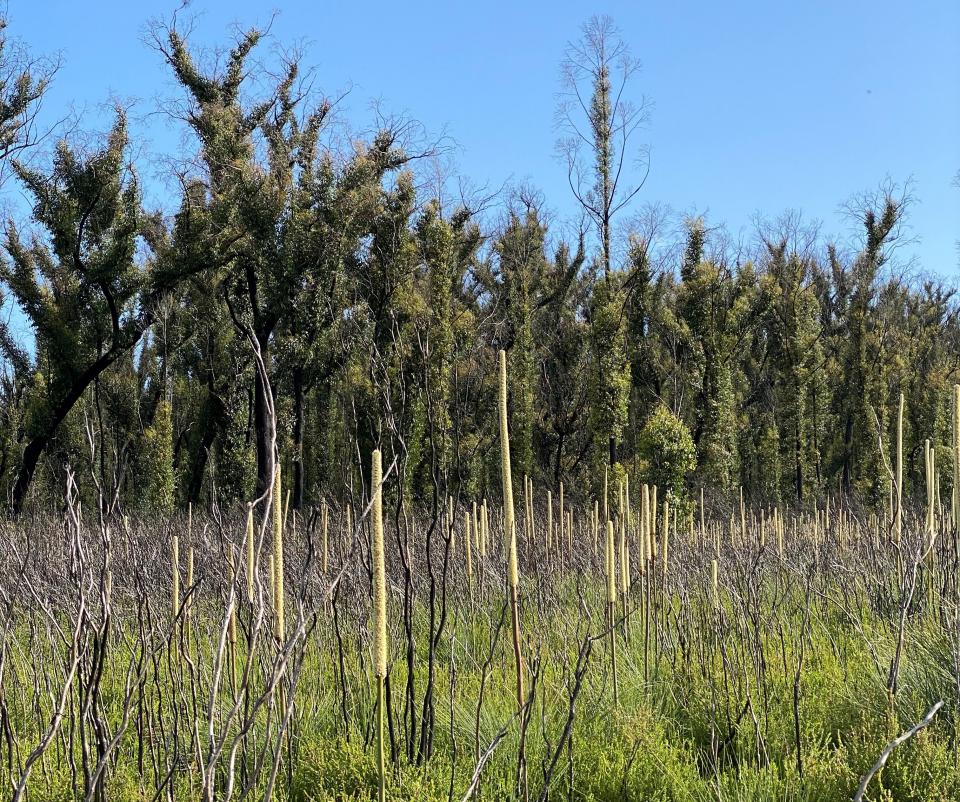Research leader
Research team
A mechanical fuel reduction experiment (240 plots) established in East Gippsland, Victoria in 2016 was re-burnt in the January 2020 wildfires, providing a unique opportunity to investigate the impact of fuel reduction treatments followed by wildfire on the recovery of habitat structure and plant and animal biodiversity. The experiment included four treatments with 3 replicates and 20 plots per treatment: mechanical thinning; mechanical thinning followed by prescribed burning; prescribed burning and control.
A field survey of wildfire severity in June 2020 indicated that fire severity was lowest at the treatments with previously reduced fuel hazard and that 3 of 4 prescribed burn replicates were not ignited by the 2020 wildfire. However, the impact of fuel reduction treatments and wildfires on biodiversity was not assessed.
The 2019/20 bushfires have been described as an ‘ecological disaster’. Fires affected tens of millions of hectares of land, covering native forests and grasslands that serve as wildlife habitat and house ecosystems. The study area overlapped the range of vulnerable species such as long-footed potoroo, southern brown bandicoot, smoky mouse, masked owl, sooty owl and forest geebung. The project is directly related to policy underlying the core of the Environment Protection and Biodiversity Conservation Act 1999 to assess the impact of disturbance on forest resilience, and the impact of management on forest biodiversity and community dynamics.
This project was completed with the support of the CRC's funding for quick response. It assessed habitat structure and conducted biodiversity surveys (plants and birds) in the field following the wildfires in the first spring season after wildfires. The data from pre-treatment, after fuel reduction treatment and new data from after wildfires was combined to investigate the effect of the fuel reduction treatments on the resilience of habitat and biodiversity to wildfire.
New data describing the response of forest biodiversity to fire severity allows for management learning about the impacts of forest management on forest biodiversity & community dynamics and how disturbances impact forest resilience now and in the future.






